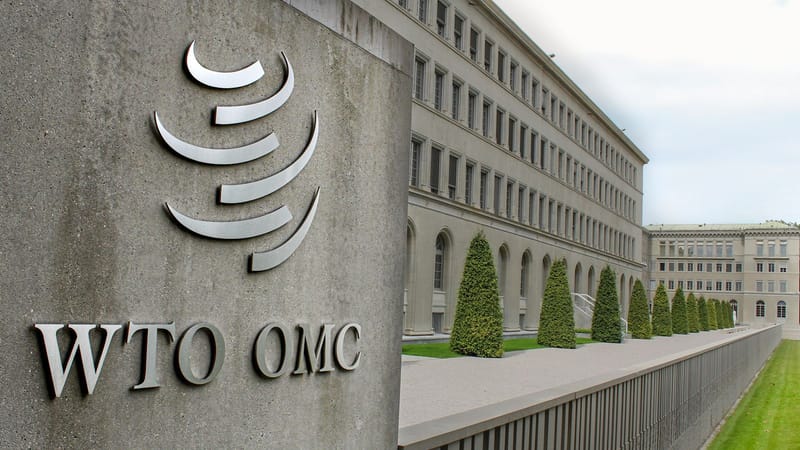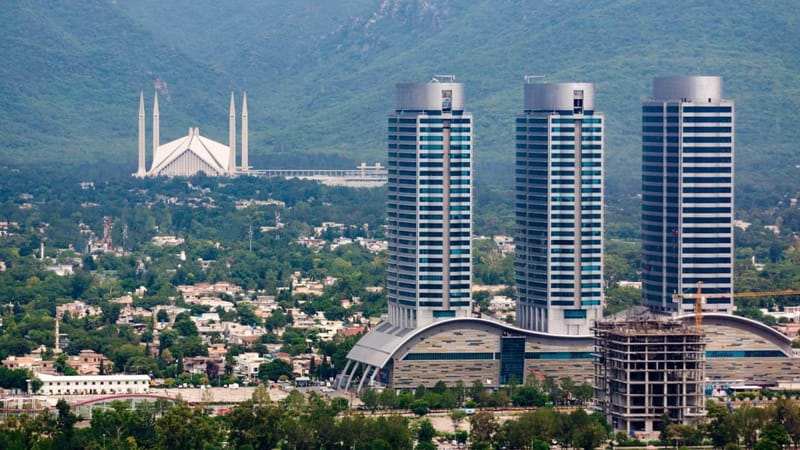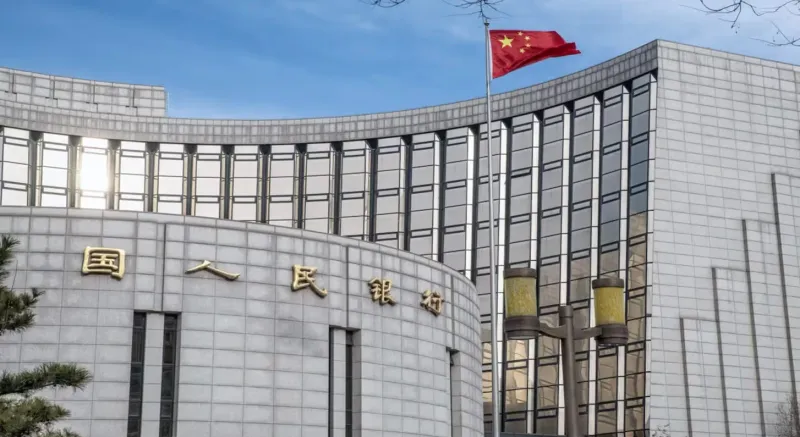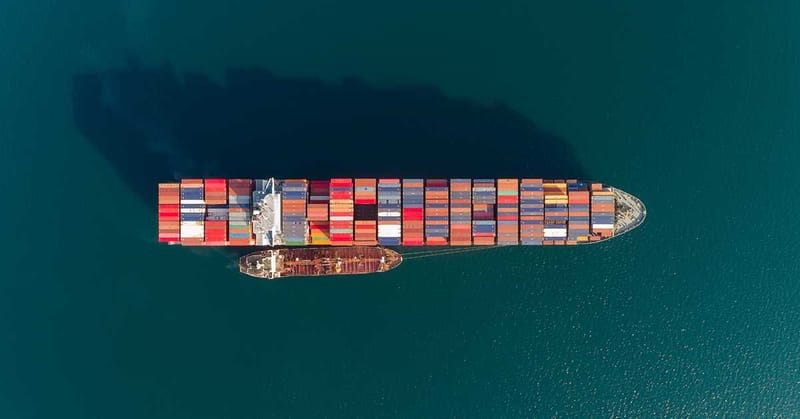Southeast Asia: The New Frontier for Global Investors
Southeast Asia’s economic growth is poised to outpace that of China over the next decade
Southeast Asia is rapidly gaining traction as a preferred destination for global investors. In recent months, money managers have increasingly flocked to the region’s bond and equity markets, driven by a combination of robust economic growth, attractive yields, and the prospect of monetary easing by local central banks. As the global economic landscape shifts, Southeast Asia's unique strengths position it as a key player in the future of emerging markets.
A Surge in Investment and Economic Growth
Southeast Asia’s economic growth is poised to outpace that of China over the next decade, with the region expected to see higher growth rates in both Gross Domestic Product (GDP) and Foreign Direct Investment (FDI). A report by Bain & Company and DBS Bank highlights that the combined GDP of the top six Southeast Asian economies—Indonesia, Malaysia, Thailand, Vietnam, the Philippines, and Singapore (SEA-6)—is projected to grow at an average annual rate of 5.1%, with Vietnam and the Philippines leading the charge at rates exceeding 6%.
FDI flows into the SEA-6 have surpassed those into China for the first time in ten years, with $206 billion invested in 2023 compared to China's $43 billion. This remarkable shift reflects global businesses’ growing interest in diversifying supply chains and accessing Southeast Asia's expanding consumer markets and competitive labor costs. Such inflows are expected to continue, particularly in sectors like infrastructure, technology, and green energy, which are increasingly important to the region's economies.
Monetary Easing and Policy Adjustments
The allure of Southeast Asia is further amplified by the potential for monetary easing across the region. With the Philippines already having cut rates in August 2024 and expectations that Indonesia will follow, there is growing anticipation that other central banks in the region will embark on similar moves. The region's real interest rates—adjusted for inflation—are currently at historically high levels, providing ample room for policy adjustments that could stimulate further economic activity.
Indonesia, for example, has a real policy rate of 4.1%, significantly above its five-year average, while the Philippines' rate is also elevated, suggesting both countries have room to cut rates. Joevin Teo Chin-Ker, head of investment at Amundi Singapore Ltd., believes that "real rates across Southeast Asian economies are also higher than a year ago, which suggests room to ease, a situation likely to benefit the local bond market."
Neeraj Seth, head of Asian fundamental fixed income at BlackRock, calls this period a “golden age of fixed-income in Asia,” particularly in the emerging markets of Southeast Asia. He suggests that potential rate cuts by the Federal Reserve and local central banks will bolster the region’s debt markets, making it a prime time to increase investment exposure in longer-duration bonds.
Structural Advantages and Resilience
Beyond the prospects of monetary easing, Southeast Asia’s inherent structural strengths make it an attractive destination for investors. The region benefits from stable political environments, young and dynamic workforces, and strategic geographic positioning along key global trade routes. Countries like Indonesia are leveraging their natural resources to integrate more deeply into global supply chains, especially in the green economy. For instance, Indonesia has seen significant investments in its base metals sector, including new nickel smelter projects and the downstream manufacturing of electric vehicle batteries, underscoring its potential as a key player in sustainable industries.
Moreover, Southeast Asia’s digital economy is booming, with nations like Vietnam and Indonesia emerging as burgeoning tech hubs, attracting venture capital and foreign direct investment. The region’s digital transformation, coupled with its expanding middle class and consumer base, is laying the groundwork for sustained growth in the coming years.
An Attractive Investment Climate Amid Global Uncertainty
In a world marked by geopolitical tensions and economic uncertainties, Southeast Asia presents a relatively stable and diversified market for investors. The combination of proactive central bank policies, robust economic fundamentals, and growing sectors such as technology and green energy makes Southeast Asia an increasingly attractive destination for global capital.
As Southeast Asia continues to build on its strengths and seize opportunities, it stands poised to remain a dynamic engine of growth in the global economy. For investors, the region represents not just a short-term opportunity but a strategic long-term bet on one of the world's most promising growth stories.







